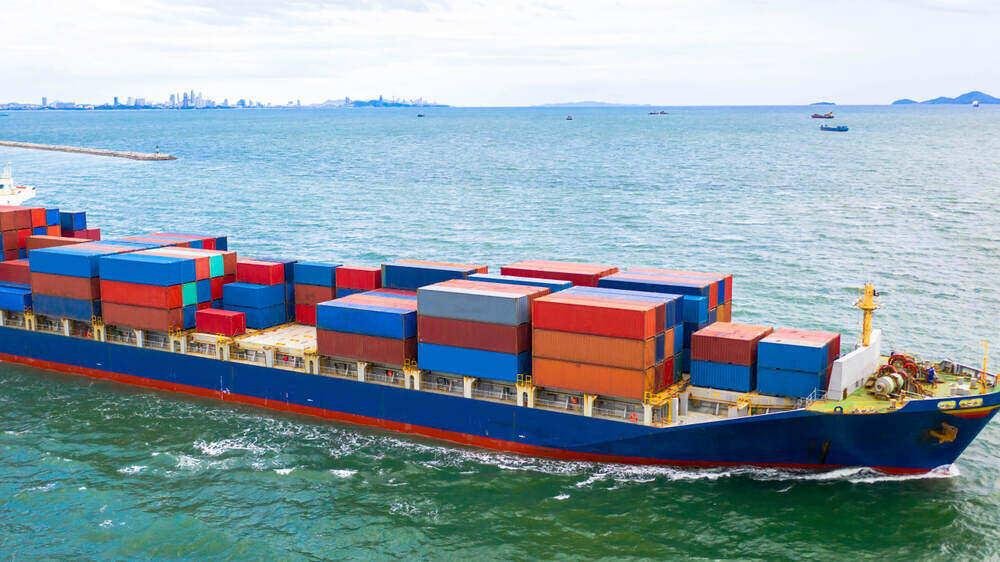What are the 4 types of freight transport?
The four main types of freight transport essential to global trade are road (trucking), rail, air, and sea (ocean) transport. Each type offers unique advantages: road freight provides flexibility, rail offers cost-effective bulk transportation, air delivers speed, and sea transport excels in capacity and cost for international shipping.
Freight transport is the lifeline of trade and commerce, encompassing various methods to move goods efficiently. Road transport is known for its versatility, rail for its economic and environmental efficiency, air for its speed, and sea for its massive volume handling capabilities. These forms of transport are integral to the supply chain, ensuring that goods are moved from point A to point B effectively and efficiently.
Exploring Road Freight Transport
Road transport is vital for short-distance goods transport due to its flexibility. It delivers goods door-to-door, allowing businesses to reach customers. Road transportation is also preferred because it can handle different cargo weights and sizes without repackaging, making it practical and efficient.

Traffic congestion and highway tolls limit this mode of transport. Road repairs and bad weather can delay delivery even more. Because of its compatibility with urban infrastructure and technological advances like GPS tracking, many businesses prefer road freight transport.
The Role of Rail Freight Transport
Global trade and business depend on rail freight transport. It delivers containers of consumer goods and large manufacturing and construction equipment reliably. This transportation method has helped expand economic activity across a large area. Trains can transport large amounts of goods over long distances due to their high carrying capacity.
Rail freight is also famous for environmental reasons. Train emissions are much lower than road or air emissions. It's ideal for companies trying to cut their carbon footprint. Sustainable business practices may highlight rail freight transport's logistics value.
Reliability of Sea Freight Transport
Maritime shipping remains a staple in transporting goods worldwide due to its reliability and capacity to handle substantial volumes. Sea freight is often relied upon for heavy and bulky consignments because it provides one of the most cost-effective modes of transport. Vessels designed for sea cargo can accommodate large quantities ranging from raw materials, food products, automobiles, and heavy machinery to smaller packaged items. The varied types of ships - bulk carriers, container ships, tankers, and roll-on/roll-off ships, provide an adaptable approach to different forms of cargo.
Despite occasional disruptions from severe weather conditions, it is considered highly dependable. Advanced technologies have enabled precise tracking of shipment locations and estimated arrival times. Additionally, international trade laws and maritime conventions provide frameworks for responsibility and liability, further affirming the trustworthiness of sea freight. The naval industry operates under stringent safety and regulatory guidelines to ensure the safe passage of goods across the seas. These multiple layers of oversight contribute significantly to the overall reliability of sea freight as a preferred carriage mode for international trade.

Comments
Post a Comment